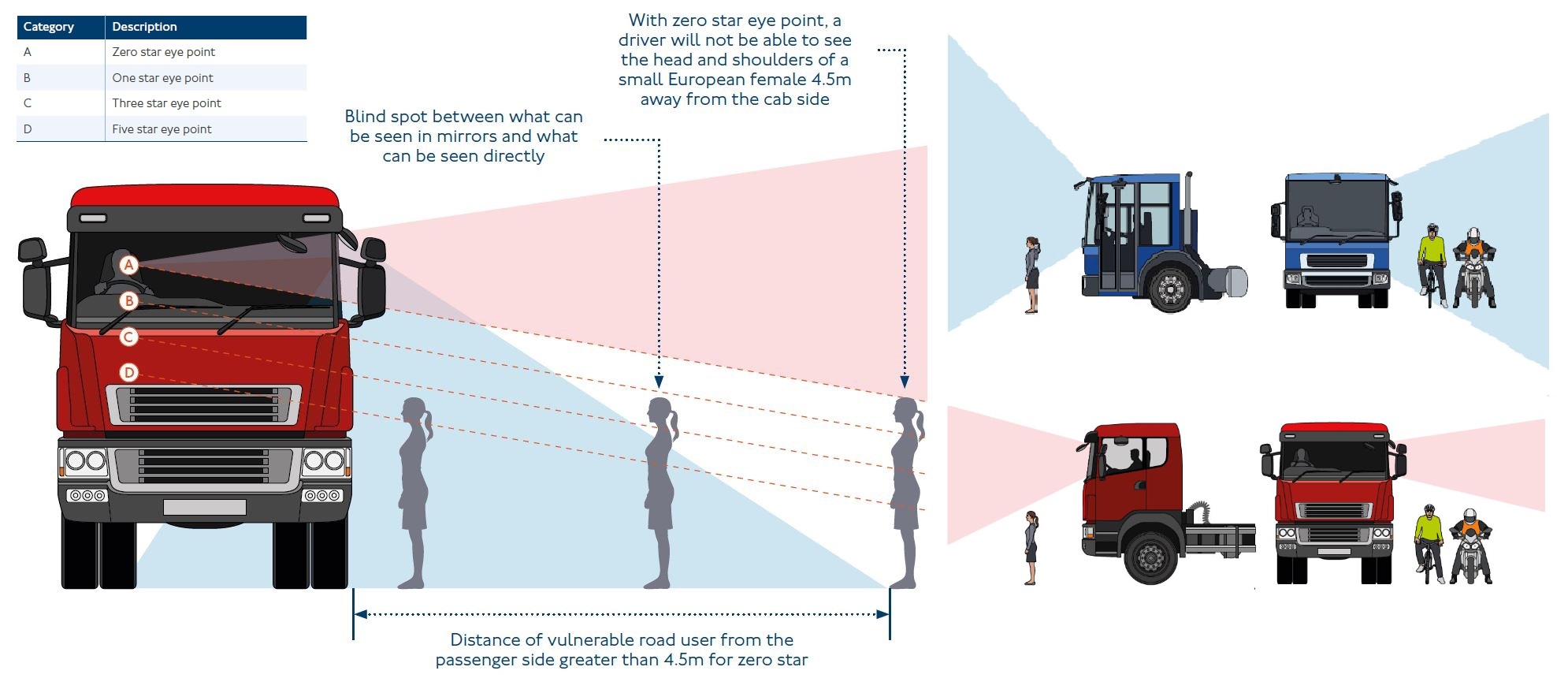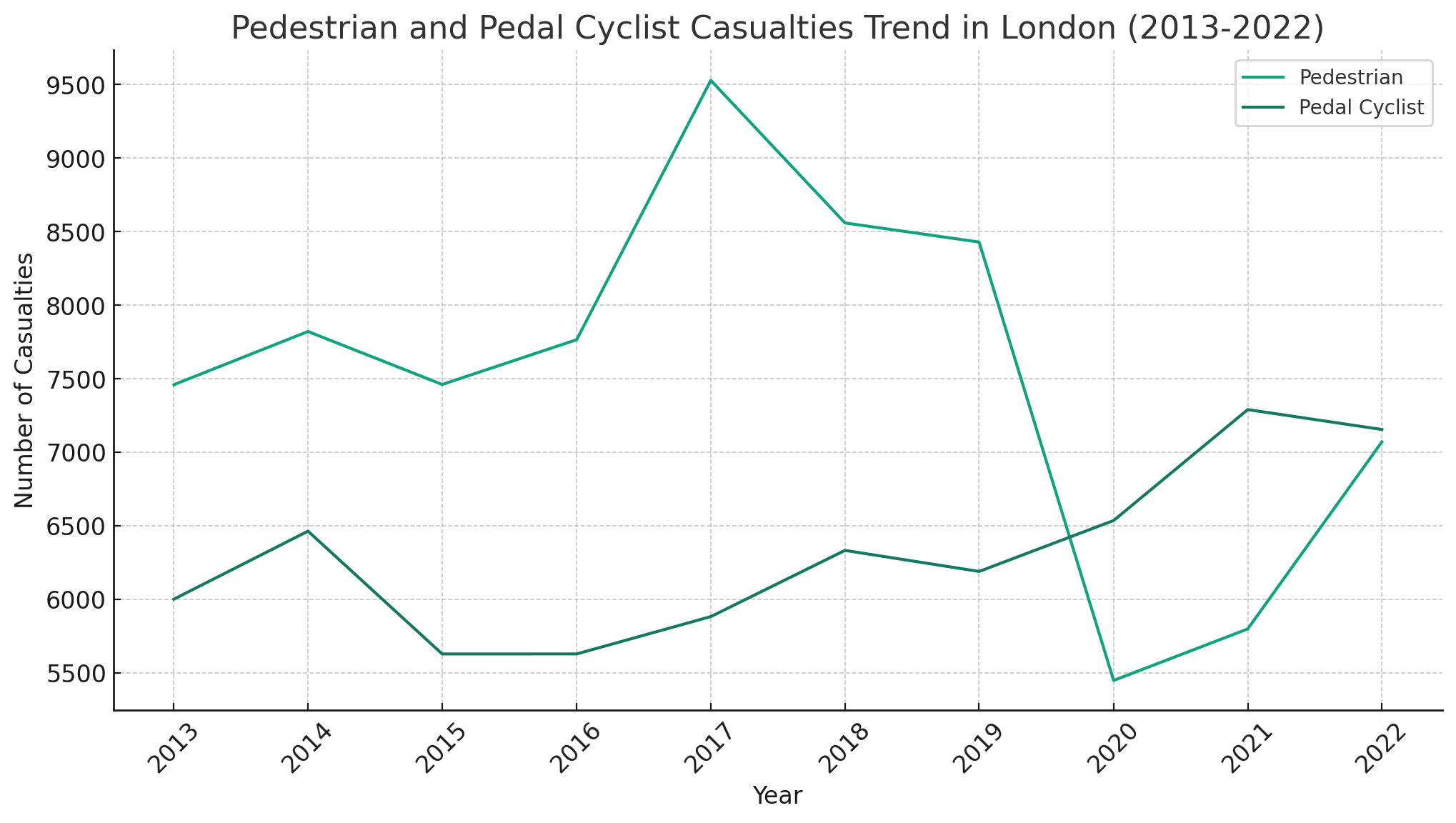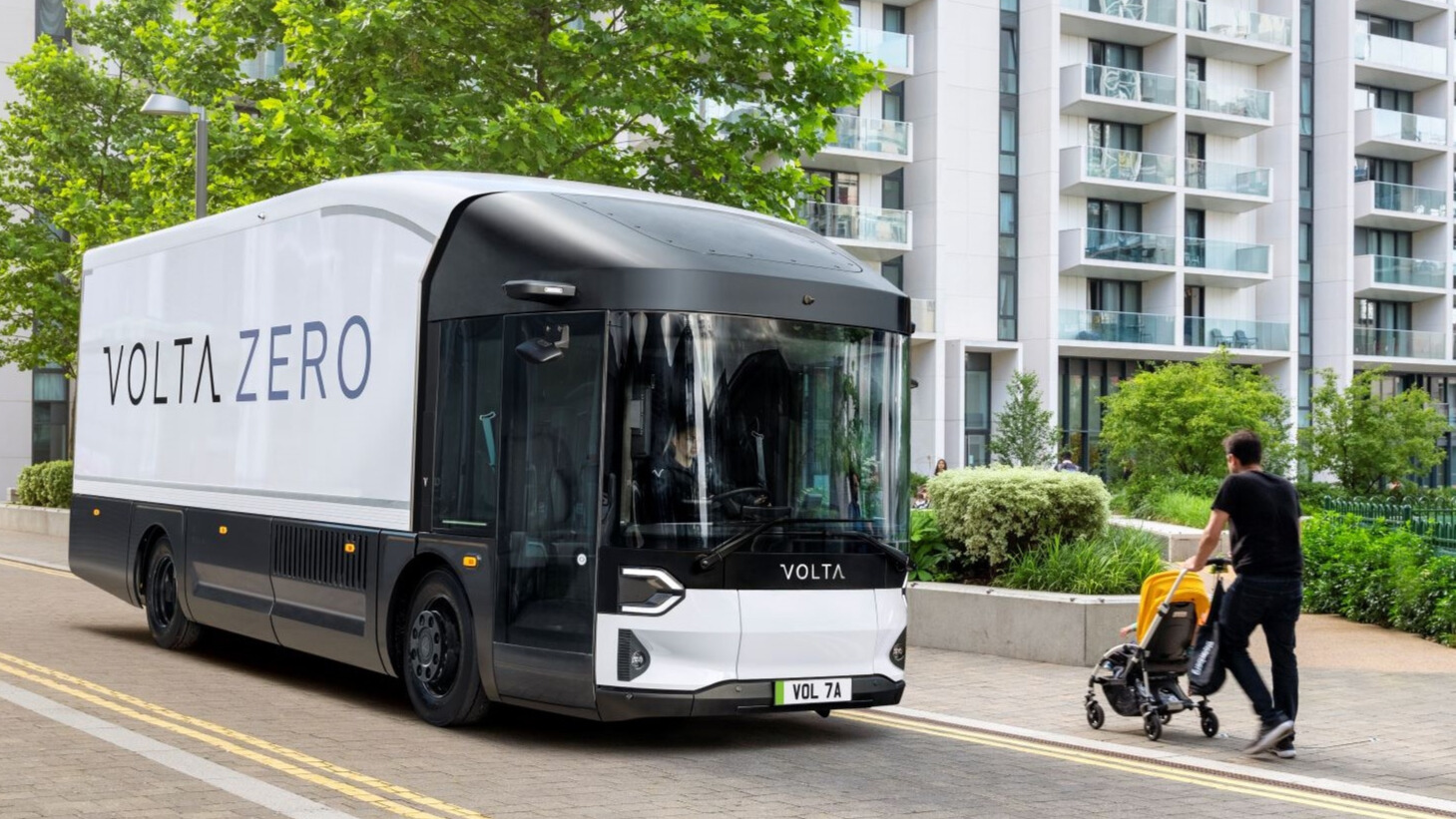11 December 2023
Understanding the Direct Vision Standard (DVS): What Every Fleet Operator Needs to Know
Introduction
The roads of London are evolving, and with this evolution comes a heightened focus on road safety, particularly concerning Heavy Goods Vehicles (HGVs). A significant development in this area is the introduction of the Direct Vision Standard (DVS). This standard is not just another regulatory hurdle; it represents a pivotal shift towards safer streets for all Londoners.
What is DVS?
The Direct Vision Standard (DVS) is a ground-breaking initiative by Transport for London (TfL) aimed at reducing road traffic incidents involving HGVs. At its core, DVS is a scheme that rates HGVs from 0 to 5 stars based on the level of visibility the driver has directly from the cab, without relying on mirrors or cameras. This visibility is crucial as it directly impacts the driver's ability to see vulnerable road users like pedestrians and cyclists.
DVS Star Rating System
- 0 Star: Very limited direct vision.
- 1-2 Stars: Limited to basic direct vision, requiring additional safety measures.
- 3-5 Stars: Good to excellent direct vision, considered ideal for urban safety.

The Origin of DVS
The inception of the Direct Vision Standard (DVS) was a direct response to an urgent need identified by the Mayor of London's office, aligning with the broader, ambitious "Vision Zero" initiative. This initiative has a bold objective: to eliminate all deaths and serious injuries from London's streets by 2041. Recognizing the bustling and often cramped nature of London's streets, it became evident that these conditions posed significant risks for vulnerable road users, including pedestrians, cyclists, and motorcyclists.

The alarming statistics shed light on a concerning trend: Heavy Goods Vehicles (HGVs), though they constituted only a small fraction of road traffic, were disproportionately involved in fatal collisions and serious incidents. This disproportionate involvement of HGVs in serious incidents underscored the need for a transformative approach to road safety.
In response, the Mayor of London's office spearheaded the development of DVS, setting it as a cornerstone of the Vision Zero strategy. The DVS isn't just a local endeavour but a pioneering standard that London is championing on a global stage. By prioritizing direct vision from HGVs to enhance driver awareness and reduce blind spots, the DVS aims to significantly mitigate the risks vulnerable road users face daily. This forward-thinking standard reflects London’s commitment to revolutionizing urban road safety and serves as a model for cities worldwide striving towards safer streets.
Key Objectives
The Direct Vision Standard (DVS) has been established with three primary, impactful objectives, each contributing significantly to enhancing road safety in urban environments:
Reduce Road Traffic Casualties: This goal focuses on significantly lowering the incidents involving Heavy Goods Vehicles (HGVs) and vulnerable road users such as pedestrians, cyclists, and motorcyclists. By improving the direct vision from HGVs, the standard aims to decrease the blind spots that are a major contributing factor in road accidents. This initiative is crucial in densely populated areas like London, where the interaction between HGVs and vulnerable road users is frequent and poses a higher risk of accidents.
Promote Safer HGV Designs: DVS is a driving force in motivating HGV manufacturers to innovate and design vehicles that offer better direct vision from the driver’s seat. This objective goes beyond mere compliance; it encourages a shift in the industry's approach to vehicle design, prioritizing the driver's ability to see their surroundings clearly. This initiative not only enhances safety but also sets new standards in vehicle design, potentially leading to a new generation of HGVs optimized for urban safety.
Create Awareness Among Operators: An essential aspect of DVS is educating and informing fleet operators about the critical role of direct vision in road safety. This involves not just understanding the regulations but also recognizing the broader impact of improved visibility on accident prevention. Workshops, training sessions, and informational campaigns can be instrumental in this regard, ensuring that fleet operators are not only compliant but are also advocates of road safety. By fostering a culture of safety-first in operations, DVS aims to create a more responsible and aware community of HGV operators.
Through these objectives, DVS aspires to create a safer environment on London's roads, reflecting a commitment to proactive safety measures and a forward-thinking approach to urban transportation challenges.

The Volta Zero fully electric truck has a 5 star DVS rating.
Implications for Fleet Operators
The introduction of the Direct Vision Standard (DVS) necessitates several important considerations for fleet operators, each aimed at ensuring compliance and enhancing road safety:
Vehicle Assessment: This is a critical first step. Fleet operators must conduct thorough evaluations of their HGVs to determine their DVS rating. This assessment isn't just about compliance; it's about understanding how each vehicle's design affects the driver's field of vision and, consequently, road safety. This process may involve professional assessments to accurately gauge each vehicle's visibility capabilities. To find your vehicle's DVS star rating please visit the Transport for London website and enter the vehicle registration mark.
Compliance Planning: In cases where vehicles fall below the required DVS rating, operators must plan and execute necessary upgrades or replacements. This step involves strategic planning regarding investment in new vehicles or retrofitting existing ones with appropriate safety equipment like mirrors, cameras, or other aids that enhance direct vision. This planning also includes budget considerations and scheduling to minimize disruption in operations.
Training and Awareness: Beyond the physical aspects of vehicle compliance, educating drivers on the importance of direct vision in road safety is vital. This training should cover how to maximize the use of direct vision in various driving scenarios, understanding the limitations of indirect vision tools, and situational awareness. Regular workshops and refresher courses can help maintain high safety standards and awareness among drivers.
Documentation and Record-Keeping: Keeping detailed records of DVS assessments, vehicle upgrades, and driver training sessions is essential for demonstrating compliance during inspections. This documentation is not only crucial for regulatory adherence but also serves as a reference for continuous improvement in safety practices.
Proactive Safety Culture: Embedding a safety-first culture within the organization is a key aspect of adapting to DVS. This involves regular communications about safety, encouraging feedback from drivers on visibility issues, and fostering an environment where safety is seen as a collective responsibility.
Regular Reviews and Updates: As regulations and technologies evolve, fleet operators should regularly review and update their compliance strategies. This includes staying informed about changes in DVS requirements and advancements in vehicle design and safety technology.
By addressing these considerations, fleet operators can effectively navigate the challenges posed by DVS, ensuring not only compliance but also contributing to a safer road environment for all.
Compliance Timeline
- Before October 2020: Voluntary compliance period.
- From October 2020: Mandatory compliance for all HGVs over 12 tonnes GVW.
Conclusion
The Direct Vision Standard marks a significant step towards making London's streets safer for everyone. As a fleet operator, understanding and complying with DVS is not only a regulatory requirement but also a moral imperative. The standard encourages a shift in how we view road safety, especially regarding the design and operation of HGVs.
Need more info?
Is your fleet DVS compliant? Now is the time to review your vehicles and ensure they meet the necessary standards. Visit our DVS compliance guide for more information and take proactive steps towards safer roads in London.
Stay informed and stay safe. Your commitment to road safety can make a real difference in London's bustling streets.
Explore Our DVS and PSS Article Series
Begin your journey through our comprehensive series on the Direct Vision Standard (DVS) and Progressive Safe System (PSS).
- Understanding the Direct Vision Standard (DVS): What Every Fleet Operator Needs to Know
- An introductory guide to DVS, its ratings, compliance requirements, and impact on road safety.
- The Impact of DVS on HGV Operators: Navigating New Regulations
- Insights into how DVS affects HGV operations, with a focus on challenges and compliance strategies.
- Preparing for the Progressive Safe System: A Guide for Commercial Vehicle Operators
- An exploration of PSS, detailing its implementation alongside DVS and actionable compliance steps.
- How to Achieve Compliance with the Direct Vision Standard
- A step-by-step compliance guide, including documentation tips and common pitfalls to avoid.
- Advanced Safety Equipment for HGVs: Meeting the Progressive Safe System Requirements
- Information on the latest safety equipment for PSS compliance and its role in enhancing fleet safety.
- The Future of Road Safety: How DVS and PSS are Shaping Safer Urban Environments
- A look at the long-term impact of DVS and PSS on urban road safety, city planning, and global trends.
- Navigating Permit Applications: A Comprehensive Guide for DVS and PSS Compliance
- Comprehensive assistance on the permit application process, covering all essential aspects for smooth compliance.
- Case Studies: Success Stories in Implementing DVS and Progressive Safe System Standards
- Real-life success stories demonstrating the implementation and benefits of DVS and PSS.
- Staying Ahead: The Future Developments in Direct Vision Standard and Progressive Safe System
- Insights into future trends and developments in DVS and PSS, with tips for staying proactive in the industry.
Whether you're new to DVS and PSS or looking to deepen your understanding, our series offers valuable insights for every professional in the field.